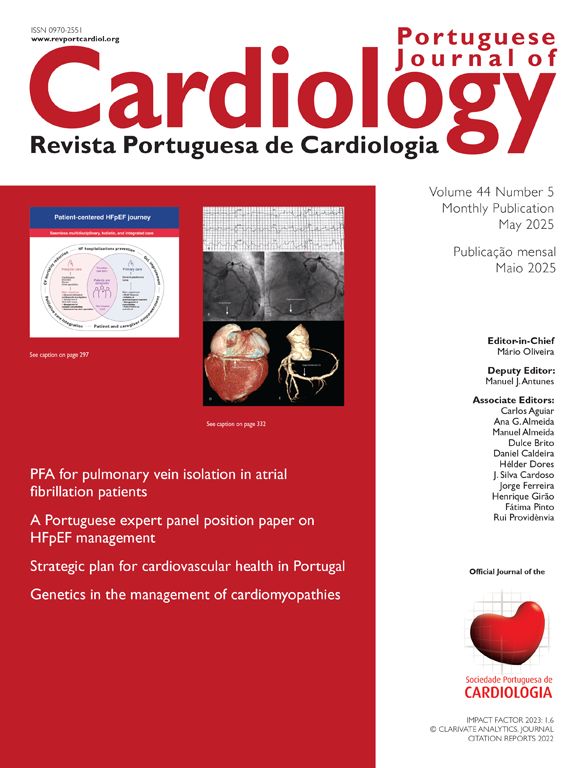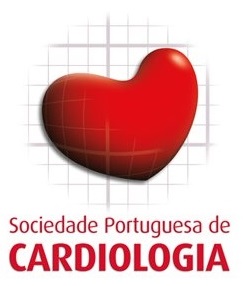Atrial fibrillation (AF) is the most common sustained arrhythmia in the population, and its treatment is a public health imperative due to its association with increased mortality and morbidity, including stroke, heart failure, and dementia.1 Early rhythm control strategies are the most effective way to prevent long-term adverse cardiovascular events.2 While antiarrhythmic drugs remain central to treatment, AF ablation has gained prominence due to its high effectiveness and superiority over pharmacological treatments.3
Despite the rise in AF ablation procedures, there is a notable mismatch between supply and treatment needs. For instance, in Portugal, AF ablation is performed annually on approximately 2500 patients.4 Considering the estimated 125000 patients with AF in Portugal, based on the FAMA study,5 this means that less than 2% of patients receive this treatment. The public health challenges are immense, and new solutions are needed.
Atrial fibrillation ablation, traditionally performed with thermal techniques (radiofrequency and cryoenergy), faces five fundamental challenges:
- 1.
Efficacy: Success rates remain suboptimal, with 12-month success rates without antiarrhythmic therapy at 67–74% for paroxysmal AF3,6 and 43% for persistent AF.7 Despite extensive research into new technologies, the development of new catheters, and the exploration of additional strategies beyond pulmonary vein isolation, the truth is that success rates have remained virtually unchanged.
- 2.
Technical complexity: The procedure requires highly trained teams in specialized centers. In 2018, it was performed in only 18 centers in Portugal, with a rate of 33.7 per 100000 inhabitants/year, below the EU average of 50.3 and five times lower than Germany's rate.4
- 3.
Procedure duration: Technological innovations in ablation energies, catheters, and procedural workflows have reduced procedure times from over four hours to an average of 90–120 minutes. However, high variability in procedure duration remains a problem. It is not uncommon for some patients to experience unexpectedly difficult procedures, requiring much longer interventions. This patient-to-patient variability in procedure duration limits the efficiency of electrophysiology laboratory management and the number of patients that can be treated daily.
- 4.
Safety: While generally a very safe procedure, with a serious complication rate of less than 3%,3,6,7 concerns remain. Most complications are related to vascular access, and the use of ultrasound-guided puncture techniques has helped prevent these issues. Major complications such as stroke, atrio-esophageal fistula, pulmonary vein stenosis, and phrenic nerve palsy, although rare, are very serious. Preventing these complications is crucial, as the primary goal of AF ablation is to reduce morbidity and improve quality of life.
- 5.
Cost: AF ablation is an expensive procedure, and its cost has not decreased significantly in recent years. Cost-effectiveness studies consistently indicate that AF ablation has a favorable, but not dominant, profile.8 Therefore, its widespread use as the first therapeutic option for rhythm control in the vast population of patients with AF could compromise the sustainability of healthcare systems.
Pulsed field ablation (PFA) is a new and particularly promising therapeutic modality that is revolutionizing daily practice in electrophysiology laboratories. Since the introduction of the Farapulse™ system (Boston Scientific, MA, USA) in Europe in 2021, PFA has seen exponential growth, treating more than 200000 patients. Today, different PFA systems from other manufacturers, such as PulseSelect System (Medtronic, USA) and Varipulse™ catheter (Biosense Webster, Inc., Irvine, CA, USA) are available, and it is anticipated that more will enter the market soon.
Pulse field ablation operates in a completely different, non-thermal manner: the application of high-voltage direct electric current in nanosecond pulses induces the formation of pores in cell membranes (electroporation), altering the cells’ electrical properties. If the number of membrane pores is high enough, irreversible electroporation occurs, causing the cells to undergo apoptosis or necrosis.9 The great appeal of PFA lies in the discovery that cardiomyocytes are much more susceptible to this form of energy than other cells in the body.9 This selective destruction of cardiomyocytes spares the extracellular matrix and other cardiac cell types, and minimizes the risk of adjacent organ damage, such as the esophagus, phrenic nerve, and lung.
The ADVENT randomized clinical trial compared the efficacy and safety of the Farapulse system with conventional thermal techniques (radiofrequency and cryoenergy) in a group of 687 patients with paroxysmal AF refractory to antiarrhythmic therapy.10 Non-inferiority in efficacy and safety was demonstrated at 12 months, with significant reductions in procedure duration (106±29 minutes versus 123±42 minutes). Subsequent clinical studies have confirmed PFA's efficacy and potential safety gains. The MANIFEST-PF registry reported results from 1568 patients undergoing AF ablation with the Farapulse system in 24 European centers.11 The 12-month success rate was 78.1%, with major acute adverse events in 1.9%, primarily cardiac tamponade in 1.1%. Notably, real-world results confirm the high safety profile, with a low incidence of phrenic nerve injuries (0.06%) and no reported cases of atrio-esophageal fistula or symptomatic pulmonary vein stenosis.11
In this issue of the Journal, Santos et al.12 analyze the clinical results of 123 patients who underwent AF ablation with PFA between June 2022 and July 2023. This is the first retrospective study in Portugal to report real-world results with this new therapeutic modality. Their findings are significant for three main reasons. First, they provide insights into the learning curve associated with the introduction of the technique. Second, they analyze the rate of major acute complications in clinical practice, a critical aspect for generalizing the technique beyond clinical trials in high-volume centers. Third, they illustrate how areas of uncertainty with this recent technique are being addressed in clinical practice, such as combining the electroanatomical mapping system with this single-shot technique and performing additional extra-pulmonary vein ablations, including the posterior wall of the left atrium.
Consistent with the ADVENT trial and MANIFEST-AF registry results, Santos et al. reported no cases of esophageal or phrenic nerve injury or symptomatic pulmonary vein stenosis. Minor vascular access complications occurred in 4% of patients, and major complications occurred in two patients (1.6%), consisting of cardiac tamponade. These cases occurred early in the learning curve, consistent with other recent series that warn of a high rate of cardiac perforations during the learning curve. This may be related to specific sheath and catheter handling techniques. Centers starting PFA should take this precaution into consideration.
This retrospective study cannot draw conclusions about the success of AF ablation with PFA due to the lack of standardized rhythm monitoring during follow-up. However, the results for clinically manifested recurrences align with the expected success rate of other ablation techniques.
Most importantly, the authors confirmed that the procedures were brief (median duration of 83 minutes), decreasing to 77 minutes in the last six months of the study, and to 52 minutes for interventions solely isolating the pulmonary veins, guided only by fluoroscopy (not assisted by an electroanatomical mapping system).
In conclusion, the results of this study, reporting the initial experience in Portugal with AF ablation using PFA, align with the accumulated scientific evidence from clinical trials and observational studies. This evidence indicates that this new ablative modality can achieve success rates comparable to previous techniques, with a more favorable safety profile by avoiding serious complications such as esophageal lesions, phrenic nerve injury, and pulmonary vein stenosis. Additionally, PFA offers notable advantages in duration and simplicity, which will be critical for making ablation available to a larger proportion of AF patients.
Conflicts of interestThe author has no conflicts of interest to declare.



